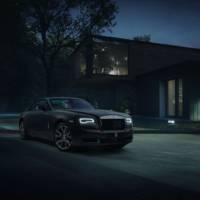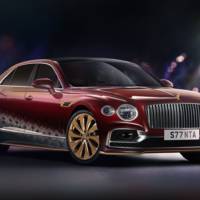Classic navigation is not so used anymore inside current cars. People prefer the more reliable and friendly Google Maps and Waze. To keep people connected to their navigation systems, producers are offering groundbreaking technologies.
With the new augmented reality head-up display, Volkswagen is merging the virtual and real worlds. The innovative system superimposes selected symbols onto the outside world and displays them dynamically.
Volkswagen is the first car manufacturer in the world to introduce this technology in the compact segment, and is therefore making it affordable for many customers. The new convenience function will be introduced first in the all- electric ID.3 and ID.4 models.
With the augmented reality head-up display, Volkswagen is opening a new chapter in driver information displays. Although the new technology is a genuine global innovation, Volkswagen has decided to launch it in a volume model. The brand is therefore continuing its strategy of offering high-tech features at affordable prices.
The augmented reality head-up display projects important information onto the windscreen – separated into two fields and levels. The large window for the dynamic displays is located in the driver’s field of view at a virtual distance of around 10 metres and has a diagonal measuring around 1.8 metres. Information from the assist systems as well as the turn arrows and starting points and destinations of the navigation system are displayed in this far-range window.
The close-range window is located as a flat band under the large far-range window. This shows the driving speed, road signs, and assist and navigation symbols as static displays. They appear to float around three metres in front of the driver.
All displays are positioned perfectly in line with the real world outside the vehicle and are shown dynamically. When the vehicle approaches a junction where it should turn off according to the navigation route, the driver sees two indications: in the first step, an advance notification on the road level, and then three arrows located at the junction. The closer the driver gets to the junction, the larger the arrows become. At the same time, their textures fade in order to ensure a clear view of the road. When developing all displays, Volkswagen followed the basic concept of “Less is more”. This ensures that the driver is not overwhelmed with distracting information under any circumstances.
The Lane Assist function is also visualised in the far-range window: if the vehicle moves closer to a boundary line at the edge of the road without indicating, this line is displayed in orange. Two green lines appear after switching on Travel Assist, which keeps the car in the middle of the lane. When following another vehicle, the display marks the vehicle in front with a coloured stripe as soon as Adaptive Cruise Control (ACC) or Travel Assist is activated. When the assist systems are switched off, the driver sees a red warning signal if they drive dangerously close to the vehicle in front.
The ID.4, the first electric SUV from Volkswagen, is being launched on European markets with eight preconfigured models. Prices start from just 36,950 euros (with 19 percent value added tax in Germany), from which a net subsidy of 9,000 euros is additionally deducted in Germany. The augmented reality head-up display belongs to the Infotainment package Plus, which also includes the Discover Pro navigation system with touch display.



